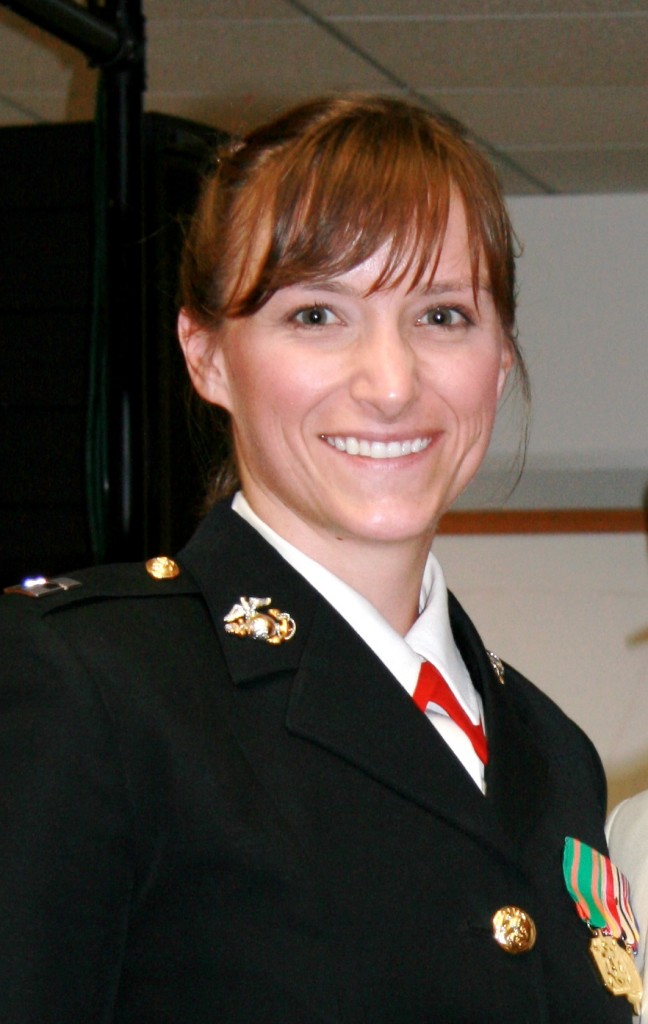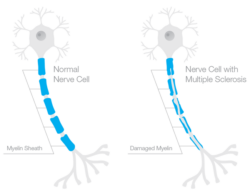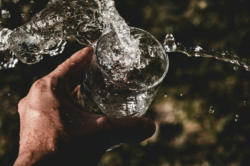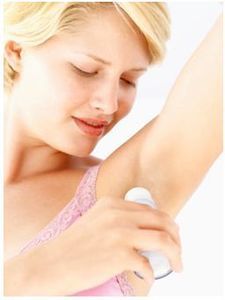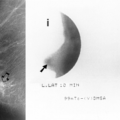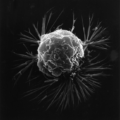When someone makes a decision, he is really diving into a strong current that will carry him to places he had never dreamed of when he first made the decision.”
― Paulo Coelho, The Alchemist
Someone recently asked me, “If you could go back and do it all over, would you still join the Marines?” Wow. Do I answer that candidly, sarcastically, politically correct? Even though I had just recently met the man asking, I felt safe around former co-workers who were mostly former military.
“I don’t know.” I answered bluntly, taking everyone off guard.
Those that I worked with know me as a proud, yet humble, Marine officer. It’s a label that I have worn since I was twenty-three, and have earned the right to wear until the day I die. But, it’s so much more than a label; it’s a ratty, battered, beaten down and duct-taped-back-together piece of luggage I carry.
“I sometimes wish I had joined the Air Force,” I told the man and smiled. “I daydream how much easier that would have been.” Of course, I know the truth – it’s not easy if you are a woman in the military no matter what uniform you wear.
A History of Can’ts
I have always been told what I can’t do because of my gender – never what I can do. Growing up, I couldn’t go to Boundary Waters or other cool camping trips with my dad and brothers because they were Boy Scout trips. My brother’s went to Wabash College, an all-male, private school, and my mother will never look at my education at DePauw University, a nationally higher ranked school, as equal. I loved sewing and cooking as a kid, but when I was told, “a woman’s place is in the home,” by both parents under the guise of religion, I quickly abandoned those hobbies and church. In college, I saw the double standards of the Greek system at our university. While the frats hazed recruits with wild antics and had weekly parties, the sororities made their pledges line-up in their underwear so the senior members could take a Sharpie and circle their fat zones.
When I left for OCS, I was determined to pass every physical fitness test at the male standards, and I did. I’m not an athlete, as that would imply some degree of coordination and grace, but I am quite possibly the most stubborn and determined person on this planet. I excelled by repeating some of my mantras that I still use when facing a physical challenge: Mind over matter. My body is a slave to my mind. I am a robot. I’ll rest when I’m dead. I had to prove, to myself as much as anyone, that I was physically equal to the male candidates and Marines.
“You think this is going to be easy? You have to do everything twice as hard, twice as good, twice as often and never take credit for it.”
– SSgt Denizard, OCS female platoon sergeant
Unfortunately, my determination was overruled by Congress. While in training, I was reminded again of all the things I couldn’t do because I didn’t have a set of balls. I couldn’t pick infantry, tanks, artillery, ground intel and many other Military Occupational Specialties (MOS) considered combat-arms. Yet, Marine Corps doctrine states, “Every Marine is a rifleman,” and, therefore, trained as a basic infantryman. Likewise, officers spend six months training as an infantry platoon commander, regardless of gender. Female Marines have to go through training for an MOS that isn’t even open to them, because we have to prove that if shit hits the fan, we can step up and play GI Joe.
The Future of GI Jane
The recent announcement that women will be allowed to attend Infantry Officer Course, is a huge step for women; as is allowing female officers and senior enlisted on submarines and to serve in support roles (administrative, logistics, supply, etc.) at combat units. This means that if I ever have a daughter I can raise her to believe all the things she can do rather than the things she cannot.
As a logistician, I am aware of the logistical planning this will require – separate bathrooms, beds, and showers. As a woman I am aware of the emotional burden this will require – preparing for combat, knowing you will be in combat, not just if shit hits the fan.
Part of me envies these women who are going to be such a large part of our military history. Part of me is relieved that I’m not a determined, twenty-three year old, boot lieutenant, volunteering to face unimaginable trials. If I could tell these brave women one thing, it would be the same thing I tell to young women considering the military: You are going to face challenges you can’t even imagine. These challenges will change not only your history, but the history of women in the military. Every decision you make reflects upon all of us. It’s not fair, but that’s the way it is, right now. We have to work twice as hard and never take credit for it. When someone tells you, you can’t – show them you can. When you start believing you can’t, think of a little sister, niece, future daughter, girl you used to babysit and tell yourself, I have to for them. Every step we take today makes it easier for our sisters tomorrow. When you meet a woman who was in the service a year ago or fifty, thank her. She did what they said she couldn’t so you and I could be here today.
Would I do it again? I’d do it a thousand times over and a thousand more after that. As a woman, I’ve been told I can’t do the possible. As a Marine I was ordered to do the impossible. When I took the oath and put on that uniform I had no idea where that decision would lead me, what challenges I would face, how much a person can endure and keep on going, or how vital the bond of female friendship can be to a person’s sanity and survival. I will always proudly claim the title of United States Marine.
This essay is dedicated to the following warriors, whose friendship I could not live without.
Mechelle Sharpe – GySgt, USMC Elizabeth Jackson – Capt, USMC Rosella Iaccino – Capt, USMC
And all the candidates and instructors of OCS OCC Class 189, Charlie 1. Kill.
Related articles:
First Female Marines to Attend Infantry Officer Course
